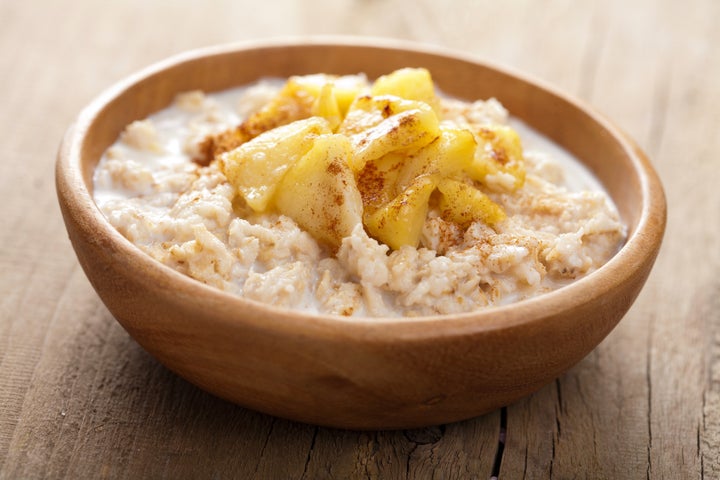
A recent Harvard study found that a low-glycemic diet was the best of three popular diets at both maintaining metabolism during weight loss and maintaining cardiovascular health. But what is it -- and what are low glycemic foods anyway?
The diet, which is also known as the glycemic index diet or GI diet, emphasizes unprocessed foods, complex carbs and food combining. It was originally developed as a diet to help diabetes patients regulate their blood sugar and, according to WebMD, is still most effective in this capacity. Many popular diets, including Nutrisystem, the Zone diet, Sugar Busters and South Beach diet incorporate low-glycemic principles.
According to the study's own calculation, a low-glycemic diet had a calorie breakdown of 40 percent of total calories from carbohydrates, 40 percent from fats and 20 percent from protein.
To understand the low-glycemic diet, one needs to understand the way that carbohydrates affect blood sugar -- and that not all carbs are created equal. The glycemic index measures the speed at which a food breaks down in the digestive system to form glucose, which in turn enters the blood stream to feed every cell in your body. The index is scored on a scale of 100, with 100 representing pure glucose. Foods that are broken down quickly into glucose get a high score (usually over 70) and foods that are slow to break down get a low score (under 55).
High glycemic foods include fruit juices, breads, starchy foods like potatoes and sweets, and baked goods. These have in common a lack of fiber, fat and protein, which help moderate the release of sugar.
Low glycemic foods include oatmeal, beans and vegetables, which are packed with fat, fiber and protein and cause a slow, steady digestion, leading to a longer period of satiety.
The goal of the low-glycemic diet is to eat unprocessed, unrefined carbohydrates in combination with healthy proteins and fats to improve satiety by keeping digestion slow. The quick release of glucose triggers a hormone response that tells your brain you're hungry again, which is problematic for dieters, who are trying to reduce their overall calorie intake. But consistently high or modulating blood sugar can contribute to insulin resistance, which in turn is associated with metabolic syndrome conditions like Type 2 diabetes, obesity, high blood pressure, stroke and heart disease, according to the Mayo Clinic.
The diet isn't without some controversy. For example, the USDA's Dietary Guidelines For Americans stated that glycemic index diets "are not associated with body weight and do not lead to greater weight loss or better weight maintenance."
Additionally, the diet receives criticism from many nutritionists and researchers because the index is difficult to navigate and makes some imperfect choices: some candies with nuts score lower than potatoes; brown and white rice score the same, as do white and whole wheat bread, and healthful foods like carrots and ripe bananas receive high scores, while table sugar has a medium score.
"I think a message of eating more whole grains, fruits, vegetables and high-fiber foods is a much better and easier measure to give people," Dr. Xavier Pi-sunyer, director of the New York Obesity Nutrition Research Center told ABC News, explaining that the GI concept was too confusing for consumers to incorporate in their eating habits on a long-term basis.